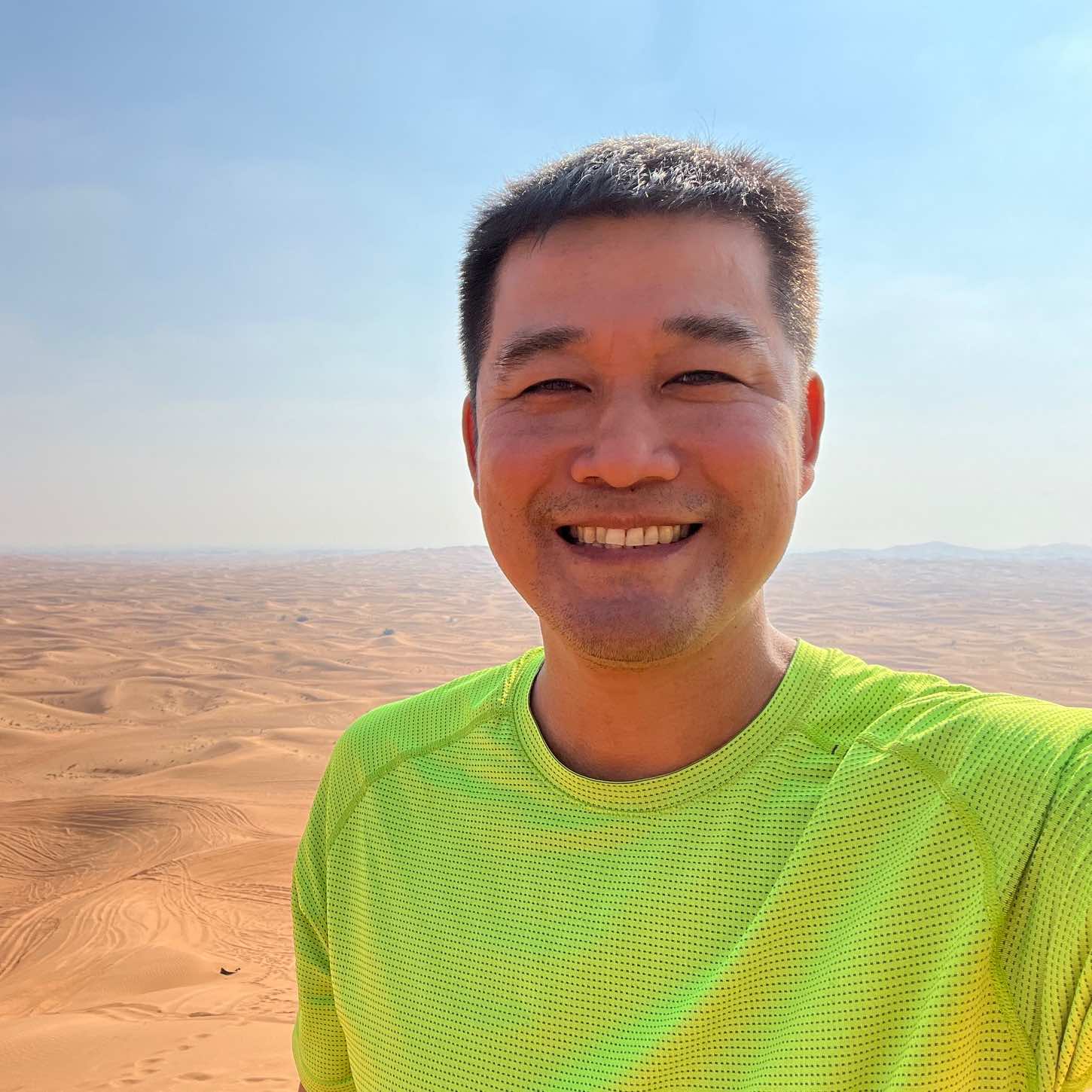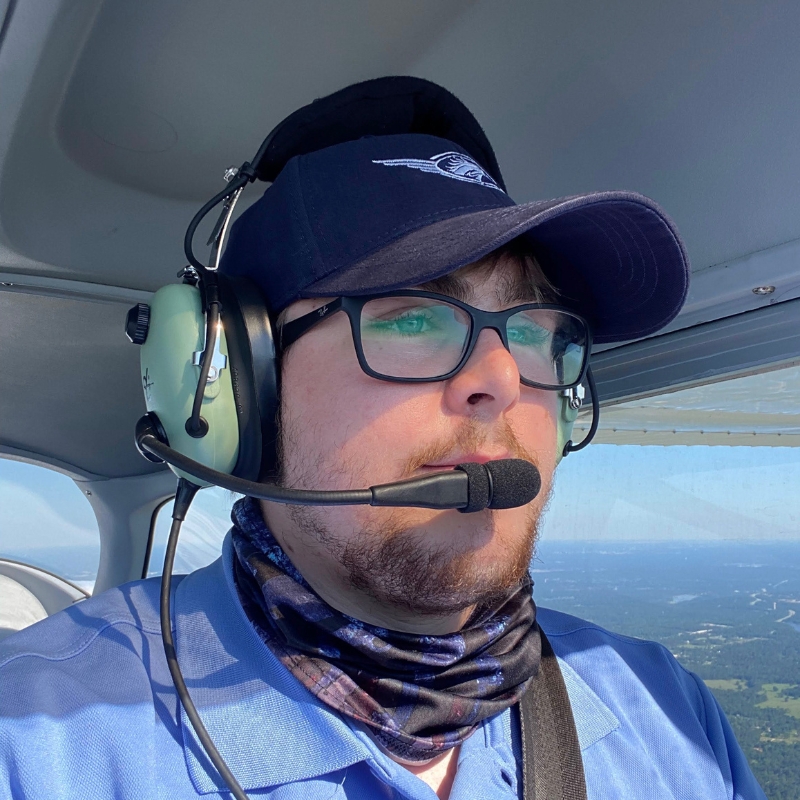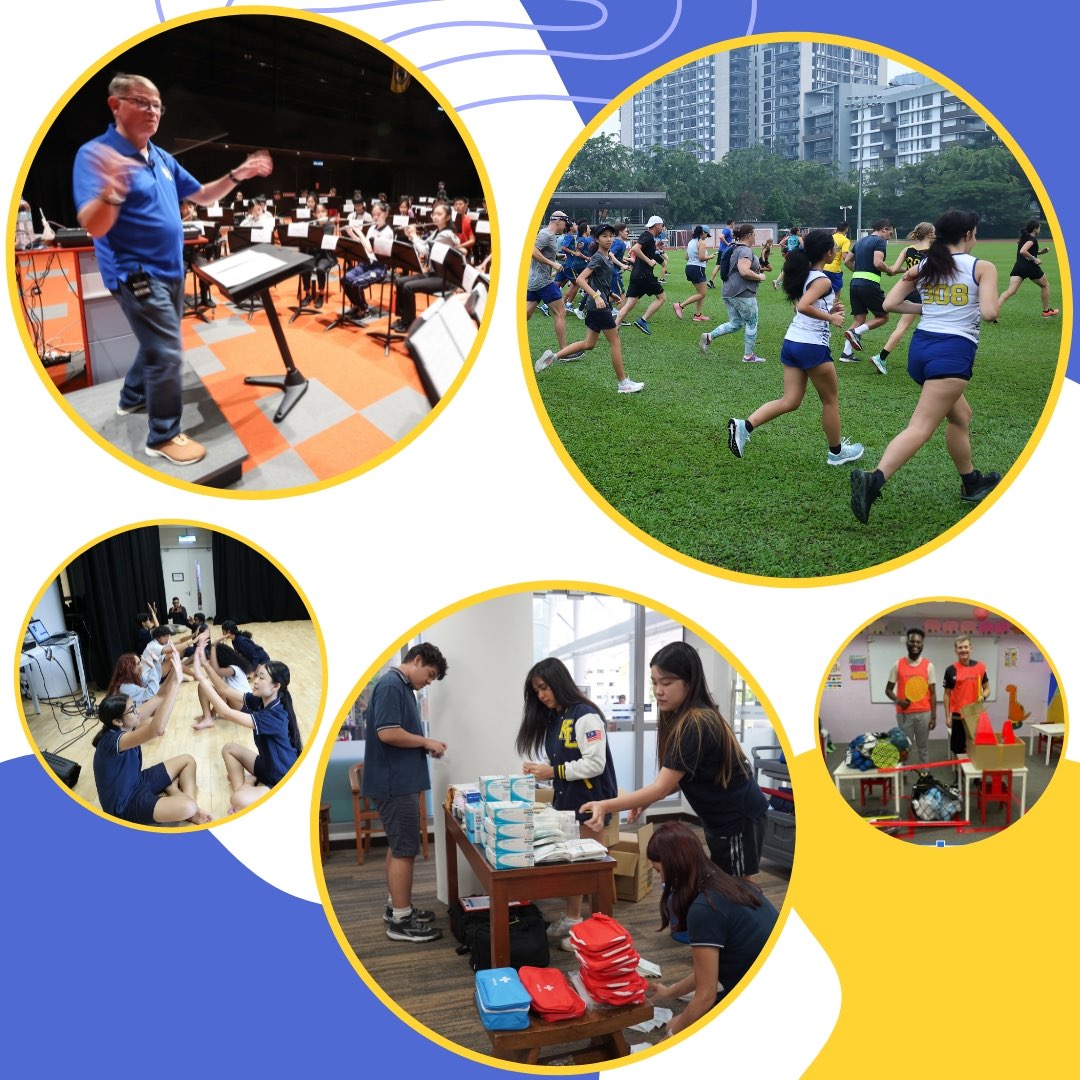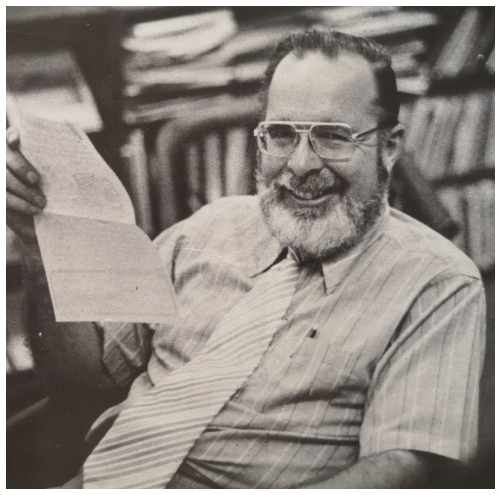Robert B. Gaw
Now in his early 90s, Robert B. Gaw, ISKL’s Head of School from 1970 to 1978, maintains a sharp memory for his time at ISKL, which he describes as his “most satisfying professional experience.” His is the name that proudly adorns ISKL’s main theatre, both on the new campus, and originally at the Ampang campus which he, along with a visionary Board, oversaw the development of.
Robert (Bob) Gaw grew up in Berkeley, California, the son of Willian A. Gaw, an accomplished artist, art teacher, and administrator (he was Dean of the Art School at Mills College), and Helen T. Gaw, an accountant by education and an integral part of William’s art exhibitions and sales.
He studied Business Administration at the University of California, Berkeley, but through a series of connections and conversations, fortunately for ISKL, discovered education as a profession. The rest, as they say, is history.
With the assistance of Kevin Gaw (‘78), Robert B. Gaw shared his memories of those formative years of ISKL with Lynette MacDonald, Director of Development and Alumni Engagement.
LM: In the ISKL 50th Anniversary book you wrote that you had experience as a K-8 principal and then superintendent, and in “building” schools. Where did your teaching experience begin, and where did it take you?
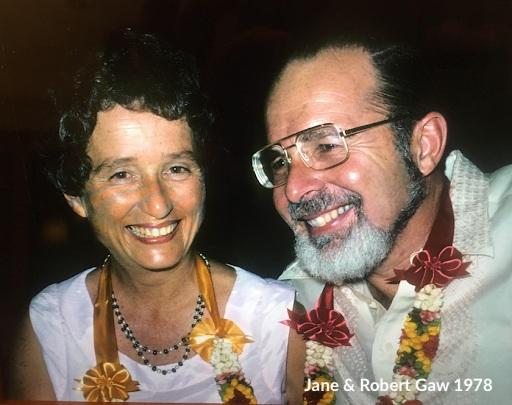
RBG: My wife, Jane, and I started our teaching careers in a 2-room school in the Nevada mining town of Sloan. That was in 1953. Jane taught first grade through fourth grade and I taught fifth grade through eighth grade. In addition to teaching elementary school, I was also the principal, coach and janitor! What a wild start to our educational careers. The school had a “teacherage” where we lived and I recall sitting on the porch of our quarters waiting for the evening eastbound train from Los Angeles (to Las Vegas) to roll through, delivering the newspaper and post by mailbag. We built the first basketball court for the school (and community), complete with our handprints in the fresh cement.
We took another 2-room school job at Lake Tahoe a year later, at Zephyr Cove (Nevada), again with a teacherage connected to the school. This was a K-8 campus. We moved from the arid desert to the Sierra Nevada mountains, complete with snow. Our oldest son, Michael, was born while we were at Zephyr Cove and we built our first home there. I was both the principal and an elementary teacher at Zephyr Cove, for four years.
After earning my Masters degree in Education from the University of Nevada, Reno, many bumpy miles away from home (night classes), we began to look further west. The San Francisco Bay Area beckoned (where both my parents and Jane’s were living). We moved to Berkeley for a year, where I taught elementary school at the UC Berkeley demonstration school. After the year, I began to take progressively more complex roles, principalships, in Tiburon, Marin County, which is across from San Francisco.
By the late 1960’s, I found myself in leadership roles that eventually culminated in being elected as the Superintendent for the Reed Union School District. It was during these Marin County years I also began consulting and working with school boards and contractors to build schools in a fast-growing suburban community, developing strong curricula, and developing the teaching faculty.
My first international consultation was with the International School in Mexico City. That was in 1967. I saw the opportunities as an educator and thought an international living experience for the family would be exciting. My former advisor at UC Berkeley helped me explore several international possibilities and soon, after spring telephone interviews with the Board at ISKL, my family and I were on our way to Malaysia in the summer of 1970 and a new and exciting chapter in our lives!
LM: You arrived at such a fascinating time for a young growing school like ISKL. We were rapidly outgrowing the Istana (perhaps we had already outgrown it) and the school was also maturing and becoming somewhat of a leader in the region. What were your first impressions?
RBG: To be honest, when I first saw the Istana and the old classrooms out front, my jaw dropped. The Istana looked abandoned and in serious need of upkeep. But then I saw the back of the campus and the newer buildings, the portables. Possibilities immediately started to swirl and I felt the challenge. The Board was excellent and rose to the challenges, too, and we further developed a great first campus for ISKL, with the Istana proper as the heart and soul of the place.
It is true, within a couple of years, KL grew rapidly with the influx of international companies (and the families of the expat employees), directly impacting enrollment; we therefore had to start looking for land because of the growth. With the existing elementary classrooms and the two long multi-level classroom buildings and canteen, we were running out of space given the expanding enrollment. We needed acreage for a modern, accessible K-12 campus – this was a challenge. Looking for suitable land was extremely difficult because of not just the enrollment and needed space, but because of the costs.
LM: You set about the physical building of the new school – how challenging was that in a foreign country? Who did you rely upon to make sure it all went as planned?
RBG: I can’t recall the name of the architect we hired from Singapore, but he was excellent. He understood our design needs, education, and the realities of what we had available. We also hired a US-based consultant to work with the teachers, to use their input on design, what should be in a classroom, and the overall feel of the campus. We ran focus groups so we could capture every perspective. The teachers helped design the classrooms, too. They identified the furniture, the cabinetry – everything. This was especially important because of the open classroom design in the elementary side of the school, but also important for the secondary classrooms.
I can’t say enough about how grateful I am for Dixie Wai. Dixie was a dynamic force who was in charge of all the finances (yes, the board was in “charge,” but Dixie was in charge!). Dixie negotiated with the banks for better rates, she helped make sure processes were followed through on, people were there when they needed to be, and so much more. Dixie was the key to so many things at ISKL.
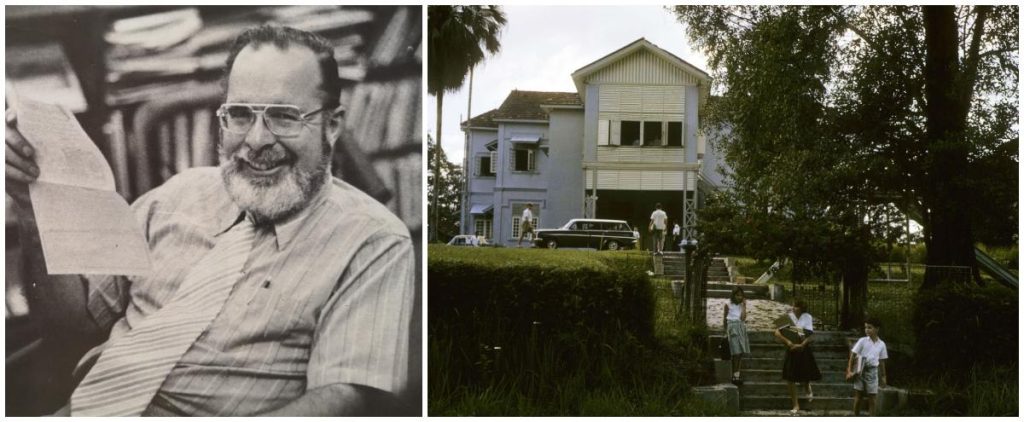
LM: Then there are the other pieces of building a school; developing curriculum, growing a cohesive community, fostering a school identity. Did all of these occur naturally, or did you have a strategy and an ideal you were aiming for with ISKL?
RBG: This all comes together with hiring excellent teachers who had involvement with the school beyond the classroom – involvement in the fabric of the fuller educational experience of the students – meaning – extracurriculars. Our teachers served as mentors, coaches, club advisors, and more. So their opinions and experiences mattered and were tapped to create the newer ISKL experience. I felt it was like a large community project and design, not a one person show. And it wasn’t necessarily natural – we had timelines, meetings upon meetings, group projects, and task completion dates and so on. It took a village.
LM: You oversaw ISKL’s first WASC evaluation and accreditation process. Was that nerve-wracking? How much effort was put into ensuring we made the grade?
RBG: Prior to ISKL, I served on several WASC accreditation teams so I knew what was needed and what would be looked for. I also was part of the accreditation team for the International School in Bangkok. One of the challenges was to support staff development and curriculum development to become accreditation-review ready – such prep work is always a challenge. It did take some convincing of some teachers to get onboard with the preparation work, which is always well beyond the regular teaching day. But they did get onboard!
LM: What would you say was the most challenging aspect of your role at ISKL?
RBG: Hiring exceptional teachers, without a doubt. And also, working within the government bureaucracy to issue work visas in a timely manner. I spent a lot of hours at the work permit office!
LM: I’d like you to think back to the two ISKL campuses you led. Did you have a favorite place at each of them? Why?
RBG: This is hard to answer – I think I had many favorite places. I liked to walk around the campus and I simply loved both, in their entirety. Maybe what made them favorites is because of what these spaces were “doing” for students and the ISKL community.
LM: When I think about your time at ISKL, I am struck by the fact that it coincided with the final years of the Vietnam war and the incredible movement of people – refugees – that happened in the mid-70s. What was that time like for you and for the ISKL community?
RBG: There were very few refugees in KL – most were on the East Coast as they fled Vietnam by boat. Some very tragic stories, for sure. The teachers were all very aware of the end of the war, the refugees, and of the fall of Saigon. All this was part of the natural discussions in social studies classes and on campus; it had to be. I remember US soldiers would sometimes use Penang and KL as R&R stops (though Thailand was the preferred stop). We hired a Vet who taught photography, along with Social Studies; he was a hit with the high school students.
LM: Your sons all graduated from ISKL so you have firsthand knowledge of the value of an ISKL education. How well were they prepared for future success?
RBG: I think very well! My boys all went on to create successful professional lives for themselves, earning advanced degrees, with Jeff and Kevin completing PhDs. Mike has a thriving business in Los Angeles. Jeff, after years as a research scientist, teaches! Kevin is both a psychologist and directs a university career center. Jane and I are very proud of our three boys and their lives.
I do think the teachers at ISKL made the difference for the ISKL educational experience. You know, when I recruited elementary teachers every year in the US (February), I’d record their interviews and replay those interviews with the teachers at ISKL. I’d let them provide their own input, soliciting their yes votes and no votes with regard to hiring. I listened to them; they were, after all, going to be teammates and they knew their craft best.
LM: Why did you decide to move on from ISKL and what was your next role? What lessons or experiences did you take away from your time at ISKL?
RBG: The ISKL School Board was excellent. They were great to work with across my tenure at ISKL. I really enjoyed their expertise and commitment to the school. The teachers were also wonderful. In fact, when Jane and I think about our true friends, friends with whom we have the most connection, we think about our teacher friends from ISKL. So, in leaving, I knew I was giving up important relationships.
Our three boys graduated from ISKL and were off in the USA, in college. I was invited to go to ARAMCO (Saudi Arabia) to take over their much larger school system. I was also invited to go to Kenya for an international school there. And we wanted to travel more. After nearly four months of traveling in India and Sri Lanka, we decided to head to Dhahran (Saudi Arabia), where ARAMCO was headquartered. Jane and I stayed there for ten years, traveling and scuba diving and experiencing more of the world, until we retired to Northern Nevada, in the US.
LM: You keep mentioning the people of ISKL – colleagues, friends – who are the people you remember most fondly?
RBG: There are so many staff, teachers and administrators who were integral to the early success of ISKL. To name just a few, and in doing this, I know I am leaving some out by accident and this only means there are so many to remember: Sid Stewart, Beryl Lau, Joanne Mahendran, Rosemary Chin, Emily Salim, Al and Jenny Daniel, Ranee Kailas, Saras Sundram, Bill and Isabel White, Jean Burton, Dixie Wai, Elaine Haught, Bob and Nancy Taniguchi, Glenn and Barbara Heiserman, John DeSandre…I could go on. In my 35 years of education, ISKL remains my most satisfying professional experience.




